
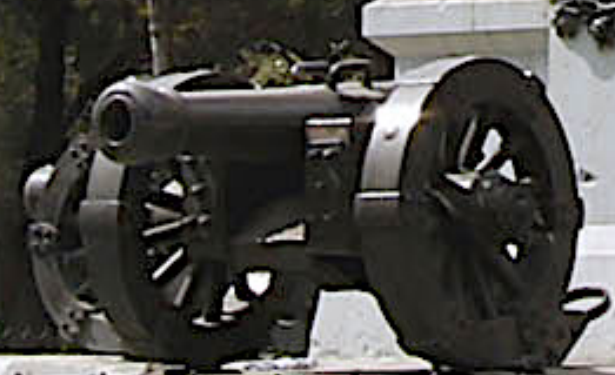
Una introducción rápida para visitantes internacionales a la Ciudad de México
Hay muchos sitios de la Ciudad de México directamente relacionados con el periodo revolucionario mexicano entre 1910 y 1920. Estos están mapeados aquí y cada uno se explica a detalle en su respectiva entrada.
Si bien no podemos resumir detalladamente una serie de eventos tan extraordinaria, hemos tratado de aportar datos útiles para que los visitantes puedan familiarizarse con algunos de estos lugares a través de la cronología básica de los acontecimientos:
![]()
La Revolución Mexicana está precedida por un periodo de treinta años llamado Porfiriato. Porfirio Díaz gobernó, como dictador, desde 1876 hasta 1911.
En marzo de 1911, Emiliano Zapata encabezó un levantamiento al sur de la Ciudad de México. Pidiendo derechos sobre la tierra y el agua, inspiró revueltas armadas en muchas otras partes de México.
Para mayo de 1911, Porfirio Díaz finalmente se vio obligado a exiliarse y abandonó el país. En octubre, Francisco I. Madero fue elegido presidente de México, pero la elección fue muy controvertida.
Aunque Madero fue elegido, su breve gobierno nunca se consolidó con éxito. Muchos insurgentes estaban descontentos. La prensa recién liberada, rápidamente se volvió contra Madero.
La mayoría de los historiadores están de acuerdo en que Madero simplemente no recompensó lo suficiente a quienes lucharon para llevarlo al poder.
Del 9 al 19 de febrero de 1914, Victoriano Huerta bombardeó la Ciudad de México e hizo arrestar al presidente. Gran parte de la lucha se centró en el recinto de la Ciudadela en el suroeste del Centro Histórico. Al final, el presidente Francisco I. Madero y el vicepresidente José María Pino Suárez fueron asesinados afuera de la prisión del Palacio de Lecumberri. Un monumento conmemorativo en el Jardín Lecumberri marca este sitio.
Huerta tardó hasta el 15 de julio de 1914 en ceder ante la presión. Renunció a la presidencia y huyó del país. El ejército de Pancho Villa, la famosa División del Norte, con algunas tropas al mando de Carranza y Obregón, volvieron a entrar en la Ciudad de México.
El 6 de diciembre de 1914, las fuerzas de Emiliano Zapata ingresaron a la Ciudad de México desde el sur, después de una reunión con Villa el 4 de diciembre en Xochimilco. Pero las conversaciones para apoyar una constitución y un nuevo sistema de gobierno no llegaron a ninguna parte hasta que Villa fue derrotado decisivamente por el Ejército Constitucionalista liderado por Carranza y Obregón en abril de 1915. A partir de entonces, Pancho Villa se reduce a un papel menor durante la guerra en curso.
En octubre de 1915, Venustiano Carranza es reconocido internacionalmente como Presidente Provisional de México. En febrero de 1917 se firma la Constitución que aún rige al país.
En abril de 1919, Zapata es asesinado en una emboscada por tropas leales a Carranza. Álvaro Obregón anuncia su campaña a la presidencia. La disputa ahora intenta decidir si Carranza tiene derecho a postularse para un mandato completo después de haber servido durante varios años como presidente provisional. El apoyo a Carranza se derrumba y en mayo también es asesinado.
En octubre siguiente, en 1920, Obregón es elegido presidente. Presta juramento el 30 de noviembre y comienza a cumplir muchas de las promesas hechas durante la revolución, incluso a aquellos que lucharon en el ejército liderado por Zapata.
A partir de entonces comienza un periodo de consolidación que dura unos 20 años hasta 1940.
![]()
Recuerda, muchos de los sitios asociados con la Revolución Mexicana se pueden visitar hoy en día, sólo haz clic aquí.
Fuentes citadas en esta página:
• Library of Congress: DISTANT NEIGHBORS: The U.S. and the Mexican Revolution Basic Timeline for the Mexican Revolution
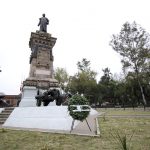
Un parque clásico de la Ciudad de México que también es sede de eventos de baile y música...
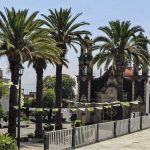
Una de las más ornamentadas de Villa Milpa Alta...
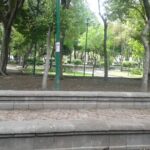
Un parque histórico de la ciudad que esconde un pasado oscuro...
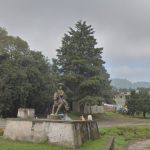
Un monumento a lo largo de la ciclovía adquiere un nuevo significado para los ciclistas que se dirigen a Morelos.

El punto más alto de la ciudad, escarpado y maravilloso.